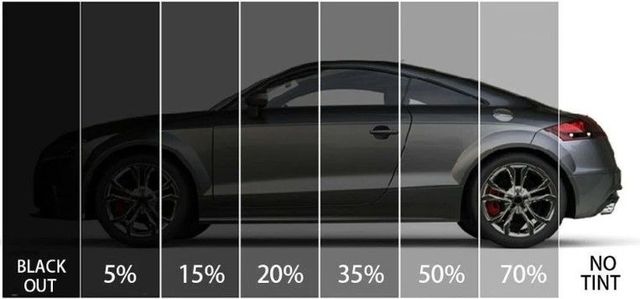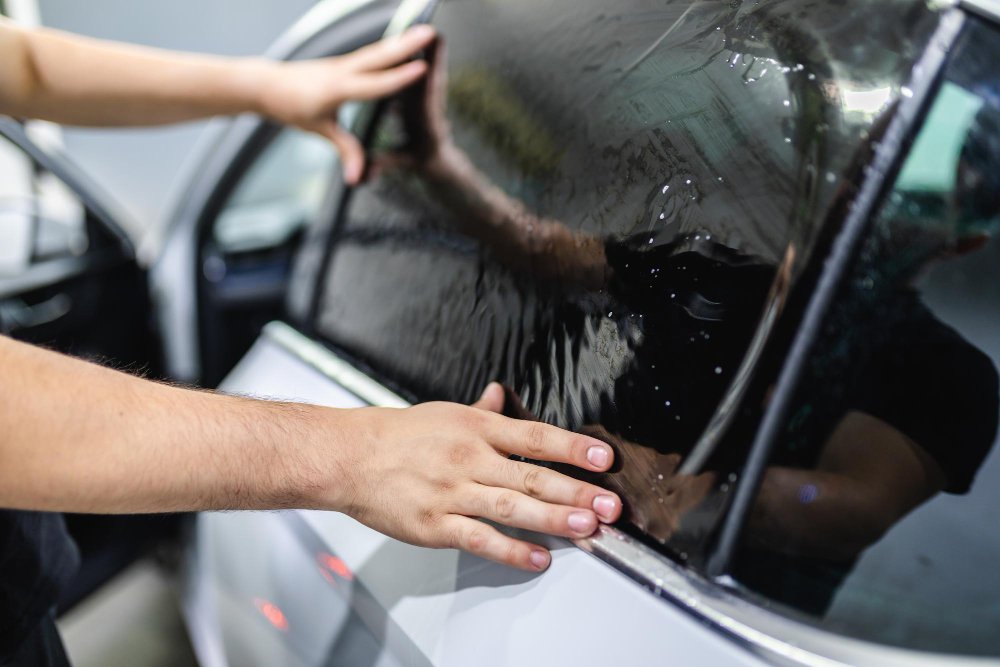Window Tinting Laws and Standards: What You Required to Know Prior To Tinting Your Cars And Truck
Before continuing with home window tinting for your car, it is essential to familiarize on your own with the varied regulations and guidelines that control this practice across various states. These policies determine the acceptable degrees of tint darkness, typically measured by visible light transmission (VLT) percentages, and include details specifications for front windshields intended at making certain road safety.
Introduction of Home Window Tinting Laws
Home window tinting laws are often based on variant throughout different jurisdictions, showing local guidelines and safety and security considerations. These legislations determine the allowable degrees of tint darkness and reflectiveness on lorry windows, making sure that vehicle drivers maintain appropriate visibility while also safeguarding versus hazardous UV rays and warm.
A lot of policies identify home window tinting based on the Visible Light Transmission (VLT) portion, which suggests the quantity of light that can travel through the home window. Normally, lower VLT percentages represent darker colors. Laws usually set apart between the front, side, and back home windows, with stricter limitations related to the front windscreen to boost safety and security for both the chauffeur and other road users.
Compliance with home window tinting policies is critical, as violations can result in penalties, compulsory removal of the tint, and potential boosts in insurance costs. It is important for vehicle proprietors to acquaint themselves with neighborhood laws prior to proceeding with home window tinting installments.
State-by-State Color Regulations
Recognizing the certain window tinting guidelines in each state is vital for vehicle proprietors seeking to conform with the regulation. Each state in the united state has developed its very own set of regulations regulating home window tinting, which can vary dramatically. These guidelines typically dictate the allowable levels of color darkness, the sorts of windows that can be tinted, and any kind of medical exceptions that might use.
For instance, states like California have rigid constraints on tint darkness for front home windows, while others, such as New Mexico, may allow darker tints. In addition, certain states mandate certain presence percentages for various home windows, including the windshield, front side home windows, and rear home windows. It is crucial for automobile owners to acquaint themselves with their state's legislations to stay clear of potential penalties or penalties.
Moreover, some states may require a qualification sticker label to be placed on tinted home windows, indicating compliance with state laws. Failure to stick to these laws not just risks lawful repercussions but can likewise affect security and presence while driving. Automobile proprietors need to perform detailed research study or get in touch with neighborhood authorities to make certain complete understanding and compliance with state-by-state color guidelines.
Allowed Tint Levels and Types
Lots of car owners may be stunned to find out that enabled tint levels and kinds vary widely throughout various states. Each state has actually established its own regulations regarding the permitted darkness and reflectivity of home window color, typically measured by Visible Light Transmission (VLT) percents. VLT refers to the amount of light that can travel through the colored home windows; hence, a lower percentage shows a darker tint.

In addition, the sorts of tint products permitted can vary, with some states restricting metal or mirror-like surfaces. It is vital for car proprietors to acquaint themselves with their state's certain legislations to ensure conformity. Non-compliance can cause fines, obligatory removal of the tint, or various other legal consequences, making it necessary to comprehend these policies before waging installment.
Medical Exceptions for Tinting
While not all states offer allocations for medical exceptions concerning home window tinting, those that do acknowledge the necessity for particular individuals to improve visibility and convenience as a result of clinical conditions. Different medical problems, such as lupus, skin cancer, and particular eye disorders, can make people especially delicate to sunlight. These people might require darker colors to protect themselves from dangerous UV rays and glow.

It is necessary to note that also with a clinical exemption, there may still be limitations on the level of color allowed. Compliance with state legislations ensures that people are both safeguarded and within lawful limits. Those taking into consideration medical exemptions should call their neighborhood Department of Electric motor Autos or comparable authority to recognize the procedures and needs necessary to look for an exception effectively.
Fines for Non-Compliance
Failing to follow window tinting laws can result in you can try this out considerable fines, which vary by state. Regulation enforcement agencies are empowered to provide citations for lorries that do not stick to the defined tinting guidelines. These fines normally include fines, which can range from modest total up to numerous hundred bucks, depending on the seriousness of the infraction and the state concerned.
In some jurisdictions, repeated offenses may lead to escalating fines or additional penalties, such as obligatory court looks. Additionally, non-compliance may necessitate the removal of prohibited tinting, frequently at the owner's expense. In extreme instances, habitual wrongdoers might face suspension of their vehicle registration up until compliance is accomplished.
Furthermore, insurance coverage ramifications may develop from obtaining multiple my company citations for home window color infractions. Insurance providers might view such offenses as a sign of riskier behavior, potentially resulting in increased costs or trouble in coverage.
To stay clear of these charges, it is important for lorry proprietors to acquaint themselves with their local home window tinting regulations and ensure that their lorry complies (Window Tinting). This aggressive technique not just prevents legal implications but additionally advertises road safety
Verdict

Most guidelines classify home window tinting based on the Visible Light Transmission (VLT) percentage, which suggests the amount of light that can pass via the window. Conformity with home window tinting guidelines is important, as violations can result in fines, necessary removal of the color, and potential rises in insurance policy premiums.Comprehending the particular home window tinting laws in each state is crucial for lorry owners looking for to comply click over here with the regulation. These policies usually dictate the allowed levels of color darkness, the kinds of home windows that can be tinted, and any medical exceptions that might use.
For instance, states like The golden state have strict restrictions on tint darkness for front windows, while others, such as New Mexico, might permit darker colors.
Comments on “Exactly How Automobile Window Tinting Can Raise the Resale Value of Your Vehicle”